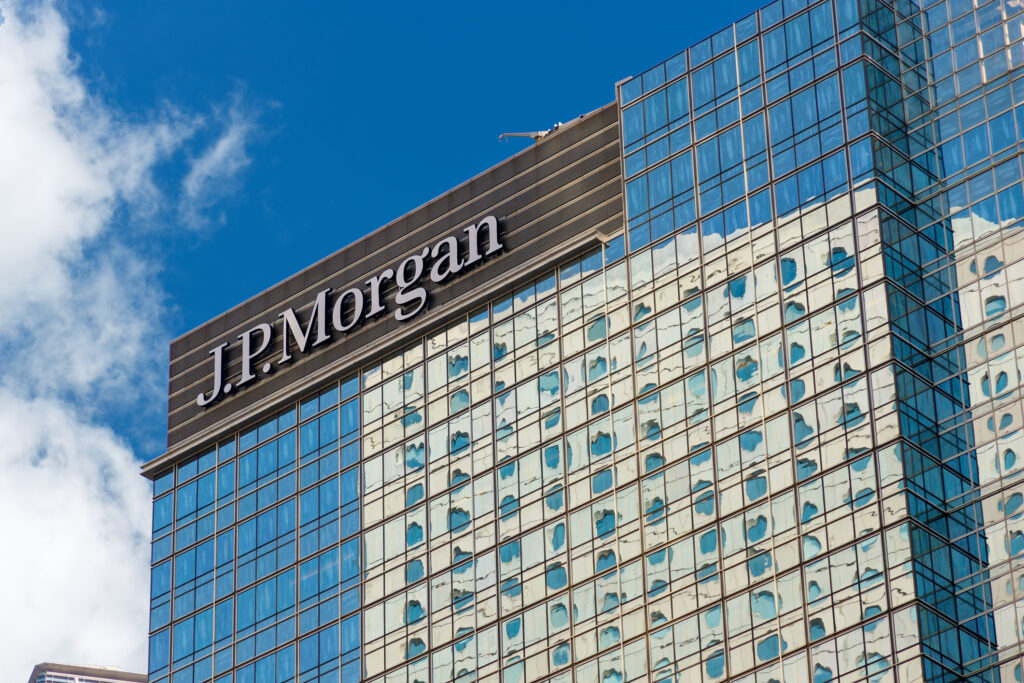One of the largest municipalities in Illinois, home to one of the largest shopping malls in the nation, has decided to unplug its red-light enforcement cameras even though they brought in more than $1 million at one intersection in just a few months.
The reason? Because the cameras brought in more than $1 million in just a few months.
Angry citizens flooded the Schaumburg, Illinois village board and local businesses with complaints, contending the cameras were money-making machines that had nothing to do with safety.
No Safety Improvement
Village officials in July agreed there was no improvement in safety at the intersection. And safety improvement, village officials said, was the reason for installing the red-light cameras.
“Revenue wasn’t the focus of our activities,” said Schaumburg Village Manager Ken Fritz after the intersection’s cameras were removed. “The board went into it with the idea it would improve safety. The revenue was nice, but it wasn’t the main purpose. So we didn’t spend a lot of time on how much money it might bring in.”
Brian Costin, a Schaumburg resident and assistant director of government relations at The Heartland Institute, publisher of Budget & Tax News, scoffs at the notion village officials were concerned about safety. He says it was all about money, as the intersection has no safety problem, is near Woodfield Mall, which draws about 27 million visitors a year, and is surrounded by other shopping centers and businesses that draw millions more.
“There are stats showing there were zero accidents at that intersection in 2008,” Costin said. “After they installed the cameras, they had one. If this had been about safety, they would have picked an intersection that had a problem.”
Costin led a fight to persuade village officials to end the camera enforcement. A local newspaper reported the village board received at least 50 letters, emails, and phone calls of complaint, the most on a single issue in the village’s history.
Studies Discounted
After learning the village was considering camera enforcement last fall, Costin gave village officials nine studies showing the devices do not make intersections safer. Far more effective is extending yellow lights so motorists have more time to make it through intersections, he said.
The board rejected Costin’s studies and decided to put in the cameras.
The village began writing tickets last November and by New Year’s Day had issued 7,000. About 98 percent were for right turns on red in which drivers slowed but did not stop before making the turn. The village stopped issuing right-on-red tickets after more than 10,000 had been issued.
“Right-on-red accidents are extremely rare,” Costin said. “Out of 3.6 million accidents in the United States in a year, only 10,000 to 20,000 are caused by right on red, according to a U.S. Department of Transportation study.”
With right-on-red citations halted, the village was issuing only about a dozen tickets a month for going left on red or blowing through the intersection on a red light.
Not Worth the Trouble
Police Chief Brian Howerton recommended ending the camera contract in a June memo to the board in which he said officials with RedSpeed, which supplied the cameras and reviewed all photos, told him “because it was so labor-intensive to go through all violations compared to the number sent to us for final approval, they did not feel the time spent by their personnel was justified.”
Fritz said he and other officials worried about the village’s reputation. Because of Woodfield Mall, other shopping centers, and large car dealers, the village relies heavily on retail sales tax revenue. Woodfield Mall management steered shoppers angry at having received the traffic tickets to village hall.
“We don’t want to be driving people out of town,” Fritz said. “We felt we had overkill.”
Fritz said the village used about $180,000 of the ticket fine money to pay for the camera installation. The village then paid fees to the camera company, Illinois-based RedSpeed, for services including evaluating photos, determining whether they met the criteria for issuing a ticket, and sending the information to the village police department for a final decision on whether to ticket motorists.
For every $100 ticket issued, RedSpeed collected $35 in fees. The village netted between $550,000 and $650,000 in total, Fritz said.
Steve Stanek ([email protected]) is a research fellow at The Heartland Institute and managing editor of Budget & Tax News.




